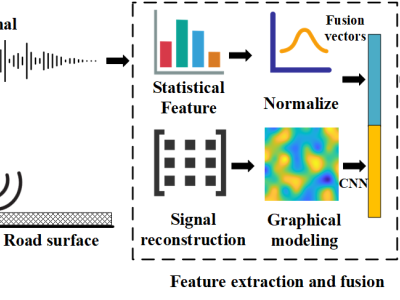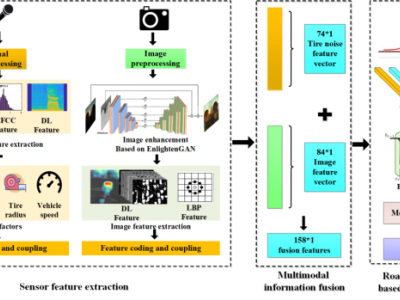NJU-CPOL dual polarization radar data

- Citation Author(s):
-
wang zhangu
- Submitted by:
- Zhangu Wang
- Last updated:
- DOI:
- 10.21227/5akc-ns43
 137 views
137 views
- Categories:
- Keywords:
Abstract
Dual-polarization (dual-pol) radar can measure additional parameters that provide more microphysical information of precipitation systems than those provided by conventional Doppler radar. The dual-pol parameters have been successfully utilized to investigate precipitation microphysics and improve radar quantitative precipitation estimation (QPE). The recent progress in dual-pol radar research and applications in China is summarized in four aspects. Firstly, the characteristics of several representative dual-pol radars are reviewed. Various approaches have been developed for radar data quality control, including calibration, attenuation correction, calculation of specific differential phase shift, and identification and removal of non-meteorological echoes. Using dual-pol radar measurements, the microphysical characteristics derived from raindrop size distribution retrieval, hydrometeor classification, and QPE is better understood in China. The limited number of studies in China that have sought to use dual-pol radar data to validate the microphysical parameterization and initialization of numerical models and assimilate dual-pol data into numerical models are summarized. The challenges of applying dual-pol data in numerical models and emerging technologies that may make significant impacts on the field of radar meteorology are discussed
Instructions:
Dual-polarization (dual-pol) radar can measure additional parameters that provide more microphysical information of precipitation systems than those provided by conventional Doppler radar. The dual-pol parameters have been successfully utilized to investigate precipitation microphysics and improve radar quantitative precipitation estimation (QPE). The recent progress in dual-pol radar research and applications in China is summarized in four aspects. Firstly, the characteristics of several representative dual-pol radars are reviewed. Various approaches have been developed for radar data quality control, including calibration, attenuation correction, calculation of specific differential phase shift, and identification and removal of non-meteorological echoes. Using dual-pol radar measurements, the microphysical characteristics derived from raindrop size distribution retrieval, hydrometeor classification, and QPE is better understood in China. The limited number of studies in China that have sought to use dual-pol radar data to validate the microphysical parameterization and initialization of numerical models and assimilate dual-pol data into numerical models are summarized. The challenges of applying dual-pol data in numerical models and emerging technologies that may make significant impacts on the field of radar meteorology are discussed










